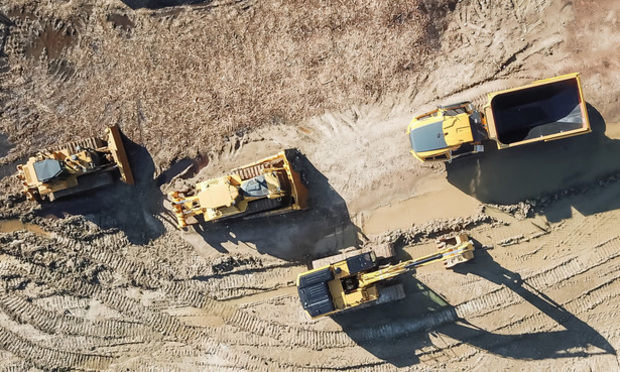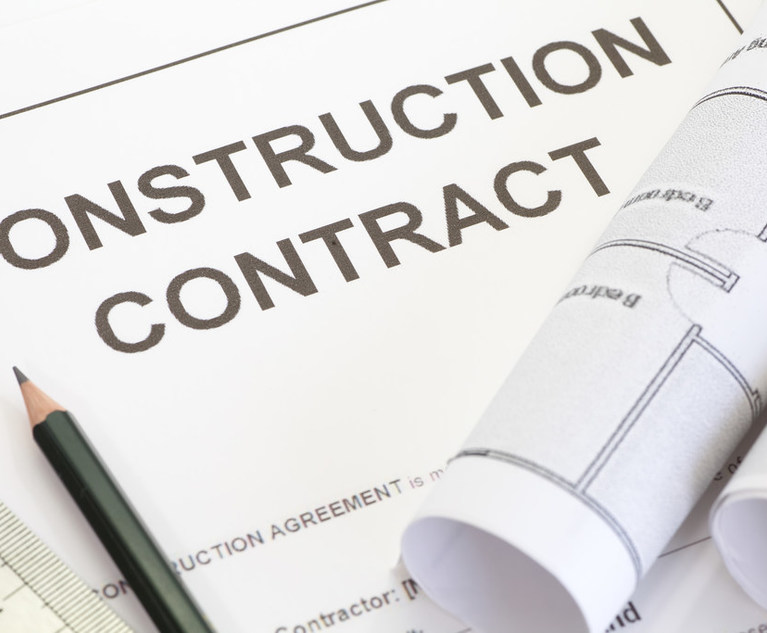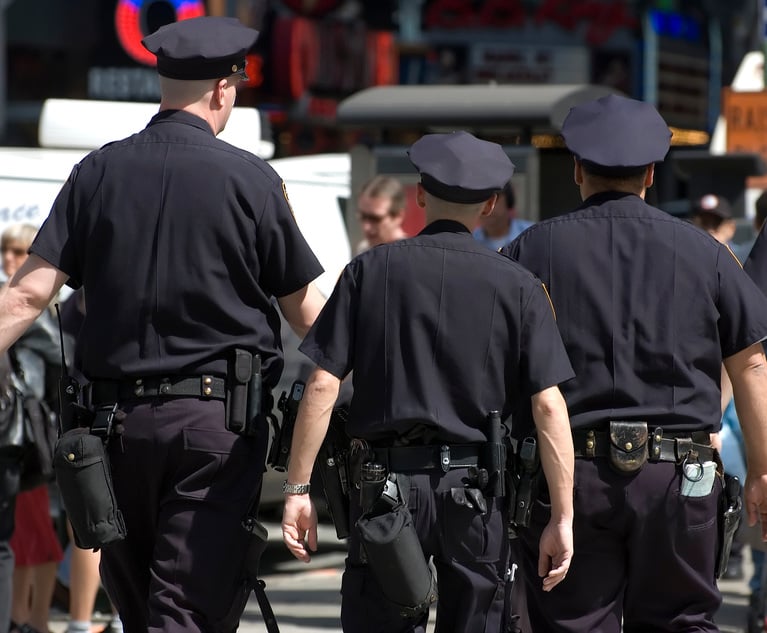 For years, New York developers, particularly in New York City, have faced a legal quagmire when needing access to adjacent properties in order to safely perform excavation or other below-ground structural work. A developer that compromises the foundations of neighboring properties is strictly liable for the resultant damages. Underpinning is a method used to prevent that from occurring. Underpinning reinforces and stabilizes a foundation and enables it to withstand heavier weights above ground.
For years, New York developers, particularly in New York City, have faced a legal quagmire when needing access to adjacent properties in order to safely perform excavation or other below-ground structural work. A developer that compromises the foundations of neighboring properties is strictly liable for the resultant damages. Underpinning is a method used to prevent that from occurring. Underpinning reinforces and stabilizes a foundation and enables it to withstand heavier weights above ground.
Despite the strict liability imposed on a developer, until recently Appellate Division precedent indicated that a statute commonly used to compel licensed access to neighboring properties could not be used to compel a neighbor’s consent to underpinning. A new dispute has prompted the Supreme Court to give a much-needed fresh, new look at the case law and relevant statutory and regulatory framework. But whether this new Supreme Court decision serves as a victory for every developer is now a new question.






